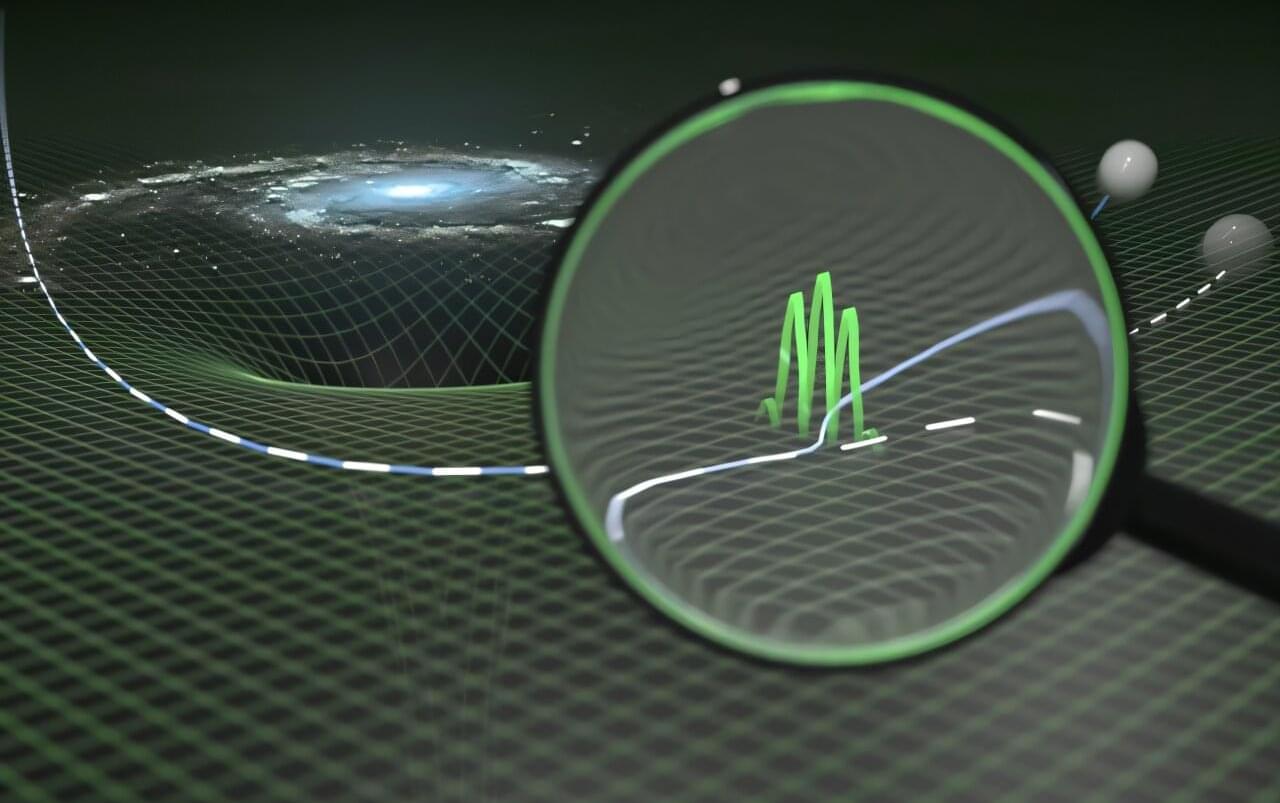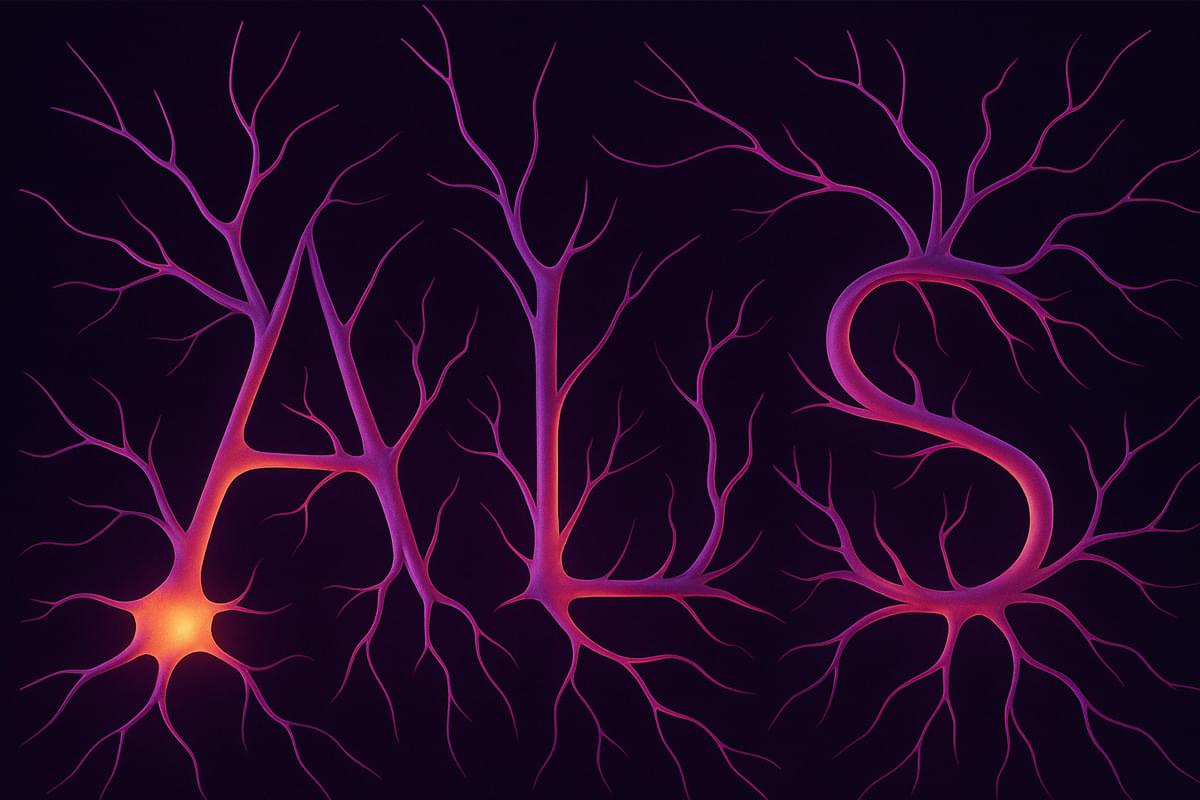We’re sharing an early, proof-of-concept method that trains models to report when they break instructions or take unintended shortcuts.



It is something like the “Holy Grail” of physics: unifying particle physics and gravitation. The world of tiny particles is described extremely well by quantum theory, while the world of gravitation is captured by Einstein’s general theory of relativity. But combining the two has not yet worked—the two leading theories of theoretical physics still do not quite fit together.
There are many ideas for such a unification—with names like string theory, loop quantum gravity, canonical quantum gravity or asymptotically safe gravity. Each of them has its strengths and weaknesses. What has been missing so far, however, are observable predictions for measurable quantities and experimental data that could reveal which of these theories actually describes nature best. A new study from TU Wien published in Physical Review D may now have brought us a small step closer to this ambitious goal.

A rare and life-threatening kidney disease in children finally has an effective therapy, thanks in large part to pioneering research and clinical leadership from University of Iowa Health Care Stead Family Children’s Hospital.
The disease, known as C3 glomerulopathy (C3G), is an ultra-rare condition that primarily affects children and young adults. Only around 5,000 Americans have C3G, which causes progressive kidney damage, with more than half of patients reaching end-stage kidney failure within a decade of diagnosis.
Unlike previous treatments for C3G that aimed to alleviate the damaging inflammatory process of the disease, the new, first-of-its-kind drug directly targets the root cause of C3G dysfunction in the body’s complement system, a part of the immune response.



A top-secret US government body called the Defense Advanced Research Projects Agency (DARPA) has launched a new solicitation seeking proposals for a high-rate, energy-efficient method of producing nitric acid directly from air and water.
The initiative, known as the High-Efficiency Nitrogen Oxidation, or HNO3 program, is aimed at protecting critical U.S. defense-industrial supply chains and reshaping how energetics are produced in contested environments.
According to DARPA, the agency is requesting “innovative proposals in the foundational technologies to enable high-rate, energy efficient, decentralized nitric acid manufacturing to protect critical supply chains in the defense industrial base.”
“With GB200 NVL72 and Together AI’s custom optimizations, we are exceeding customer expectations for large-scale inference workloads for MoE models like DeepSeek-V3,” said Vipul Ved Prakash, cofounder and CEO of Together AI. “The performance gains come from NVIDIA’s full-stack optimizations coupled with Together AI Inference breakthroughs across kernels, runtime engine and speculative decoding.”
This performance advantage is evident across other frontier models.
Kimi K2 Thinking, the most intelligent open-source model, serves as another proof point, achieving 10x better generational performance when deployed on GB200 NVL72.

XLight, a U.S.-based startup developing an EUV light source based on a particle accelerator, on Tuesday signed a Letter of Intent (LOI) with the U.S. Department of Commerce for $150 million in proposed federal incentives under the CHIPS and Science Act. xLight came out of the blue earlier this year when it hired Pat Gelsinger, former chief executive of Intel, as executive chairman. The money, if awarded, will be used to bring xLight’s free-electron laser (FEL) based light source closer to reality once it is built in Albany and its viability is proven in practice.
“With the support from the [Department of] Commerce, our investors, and development partners, xLight is building its first free-electron laser system at the Albany Nanotech Complex, where the world’s best lithography capabilities will enable the research and development that will define the future of chip manufacturing,” said Nicholas Kelez, CEO and CTO of xLight.

Congresswoman Elise Stefanik announced a major federal investment to bring next-generation semiconductor technology development to New York State.
Saratoga County sheriff’s deputy on leave after shotgun goes off in apartment.
A Saratoga County sheriff’s deputy is accused of accidentally firing a shotgun into a wall inside his apartment.
